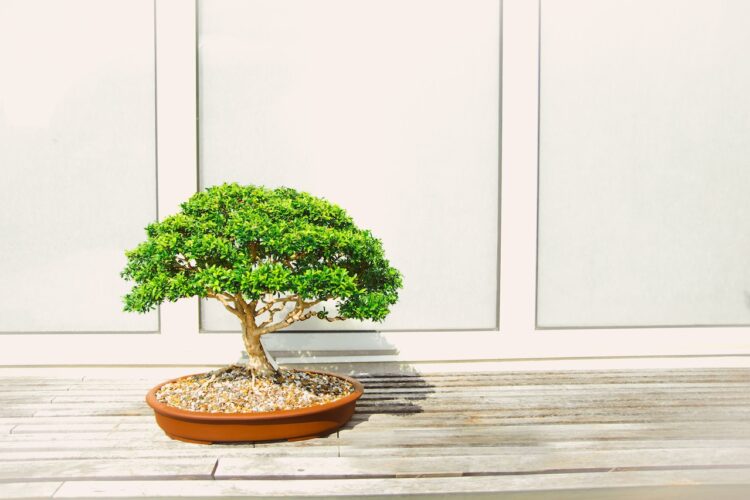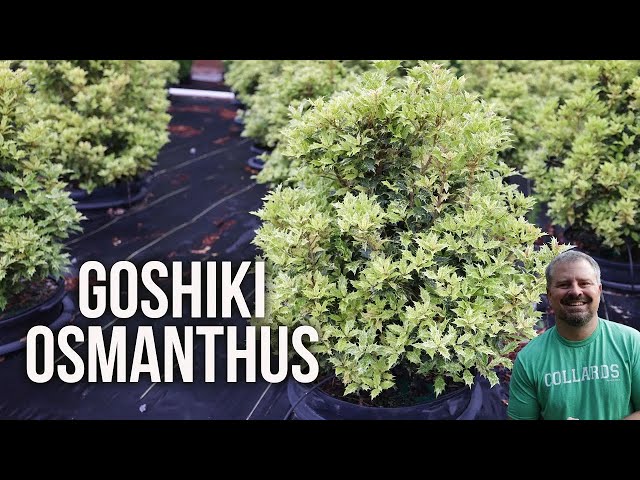The Art of Bonsai
Bonsai is the art of growing miniature trees in containers. It is a delicate and intricate practice that requires patience, skill, and a deep understanding of horticulture. The word ‘bonsai’ comes from the Japanese words ‘bon’ meaning tray or shallow pot, and ‘sai’ meaning plant. While bonsai originated in China over a thousand years ago, it was the Japanese who perfected the art and turned it into the beautiful and highly respected practice it is today.
Creating a bonsai tree involves carefully shaping and training a young tree to resemble a fully grown tree, but in miniature form. The goal is to create a harmony between the tree and its container by shaping the branches, pruning the leaves, and wiring the trunk. The ultimate aim is to evoke feelings of tranquility, elegance, and timelessness.
The History of Bonsai
The art of bonsai has a long and rich history that spans centuries and continents. It originated in China during the Han Dynasty (206 BC – 220 AD), where trees were grown in containers for decorative purposes. These early bonsai trees were seen as a symbol of wealth and power, and were often displayed by aristocrats and nobles.
The practice of bonsai then spread to Japan, where it became deeply intertwined with Zen Buddhism. The Japanese further refined the art, adding their own unique style and philosophy to it. Bonsai trees were seen as objects of meditation and contemplation, and were often displayed in Buddhist temples and tea houses.
The Technical Aspects of Bonsai
Creating and maintaining a bonsai tree requires a deep understanding of horticulture and specific techniques. These techniques include:
- Pruning: To maintain the desired shape and size of the tree, regular pruning is necessary. This involves trimming back branches and roots to achieve balance and proportion.
- Wiring: Wiring the trunk and branches of a bonsai tree allows the artist to bend and shape them in the desired direction. Copper or aluminum wire is wrapped around the branches and trunk, and is carefully tightened or loosened to create the desired form.
- Potting: Choosing the right pot is crucial in bonsai. The pot should complement the style of the tree and enhance its overall aesthetic. The size and shape of the pot also play a role in controlling the growth of the tree.
- Watering: Proper watering is essential for the health and well-being of a bonsai tree. Overwatering or underwatering can have detrimental effects on the tree. The frequency and amount of watering depend on the species of tree and the climate in which it is grown.
- Fertilizing: Bonsai trees require regular fertilization to replenish nutrients in the soil. Organic or chemical fertilizers can be used, but caution must be exercised to avoid overfertilization.
The Benefits of Bonsai
Bonsai is not only a captivating art form, but it also offers a range of benefits for enthusiasts:
- Stress relief: The practice of bonsai requires focus and concentration, making it a meditative activity that can help reduce stress and promote relaxation.
- Creative expression: Bonsai allows individuals to express their creativity and artistic vision. Each bonsai tree is unique and reflects the personal style and taste of the artist.
- Connection with nature: Bonsai provides a way to connect with nature on a small scale. It allows individuals to bring the beauty of trees and plants into their homes or gardens.
- Patience and mindfulness: Growing a bonsai tree requires patience and a mindful approach. It teaches individuals to slow down, observe, and appreciate the growth and beauty of a tree over time.
Conclusion
Bonsai is a captivating art form that combines horticulture, craftsmanship, and aesthetic sensibility. It is a practice that requires dedication, patience, and a deep appreciation for nature. Whether you are a beginner or an experienced bonsai artist, the art of bonsai offers endless possibilities for creative expression and personal growth. So why not embark on your own bonsai journey and discover the beauty that lies within these miniature trees?


















